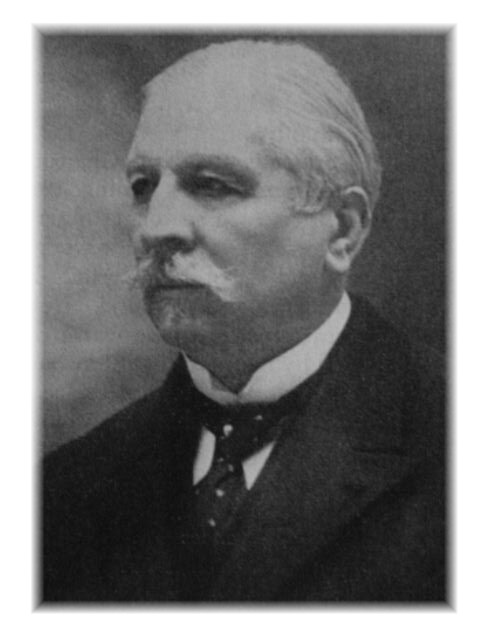Joseph Babinski
From Psy3242
Born on November 17, 1857, Joseph Francois Felix Babinski was a neurological genius whose personal ideas became a large contribution to the University of Paris. His brother and he would remain inseparable as Joseph and his brother were born in Poland, yet were forced to flee to France. Here in France, Joseph Babinski would work at the University of Paris for thirteen years (beginning in 1884) before he made his largest contribution to neuropsychology.
Prior to his soon-to-be mentioned work with the Babinski signs in 1896, Joseph was the class favorite of his professor, Edme Vulpian, who admired Babinski's interest in neuropsychology. Edme would help him begin his studies and Joseph started with focusing on Sclerosis. He was very well known for his intellectual capabilities with medicine and would be regarded as one of the better neurologists of his time. As stated before, he would create a breakthrough in 1896 or 1898 involving hysteria. Before discussing the various contributions he made with his personal 28 line breakthrough in 1896 or 1898, it should be mentioned that in 1899, Babinski studied and accurately presented information regarding adiposogenital syndrome and its relation to hypothalamic dysfunction. Through the years he would continue to write documents on decompression with spinal areas and the issues with brain tumors. At the time when he wrote these documents, he remained one of the few neurologists to cover these areas. Now, I will finally move along to his greatest contribution which would eventually be named after Joseph himself.
In 1896 or 1898 Joseph Babinski presented the up going toe reflex in infants. Interestingly enough, before Babinski would focus on this reflex, Renaissance artists up four hundred years prior to Joseph were drawing pictures of the infamous up going toe. As Joseph specialized with hysteria symptomatology through one of his mentors (Charcot), Babinski intended to develop the Plantar Reflex (Up going Toe theory) into distinguishing organic disease and neurological affliction. Through these two areas, Babinski could focus on patients with hysteria. His 28 line proposal that was presented to his fellow workers covered spastic paresis of central origin and the organic lesions of the nervous system. He later proved that this plantar reflex was not related to hysteria but rather to infants and epilepsy. A couple of years later, following much more private research, Babinski indicated this reflex is a case of pyramidal dysfunction and can be a disease related not only to the brain, but the spinal cord as well. He died on October 30, 1932, just one year after his brother.

